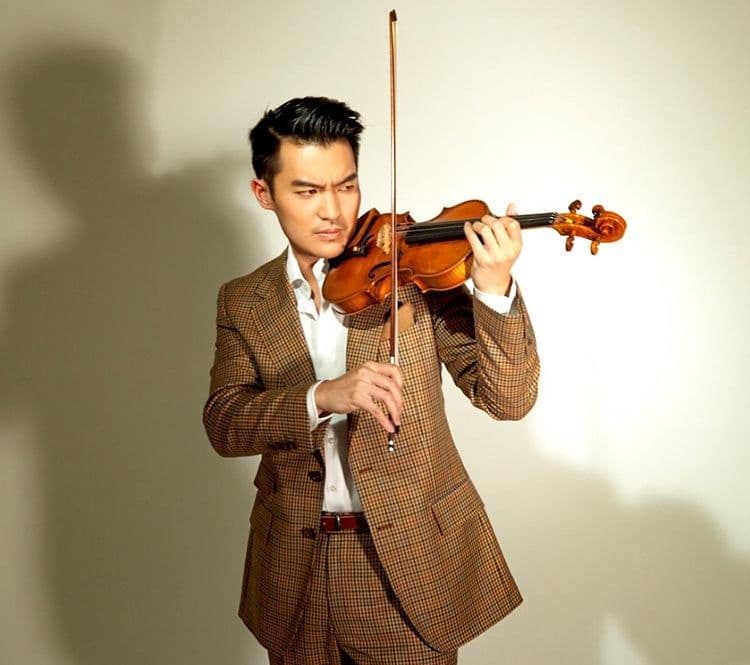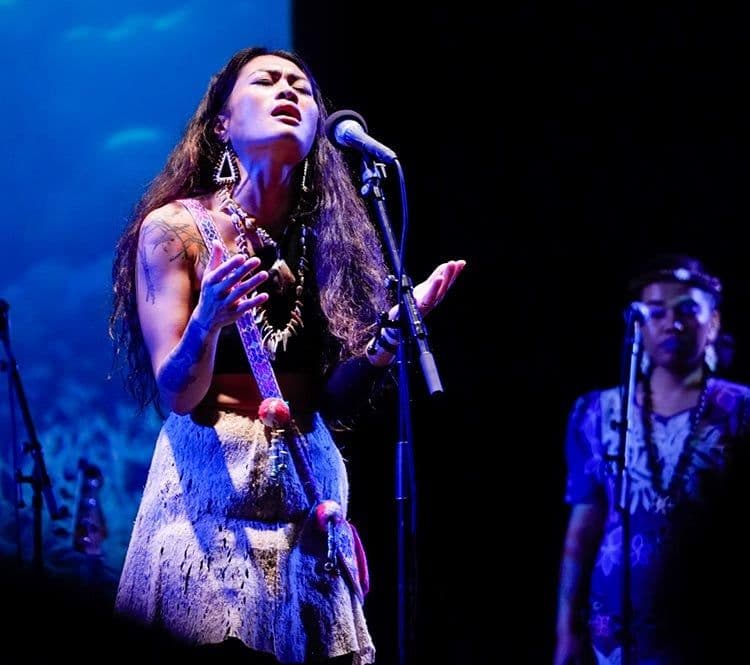Ray Chen
Ray Chen is a violinist who redefines what it is to be a classical musician in the 21st Century. With a media presence that enhances and inspires the classical audience, reaching out to millions through his unprecedented online following, Ray Chen's remarkable musicianship transmits to a global audience that is reflected in his engagements with the foremost orchestras and concert halls around the world.
Initially coming to attention via the Yehudi Menuhin (2008) and Queen Elizabeth (2009) Competitions, of which he was First Prize winner, he has built a profile in Europe, Asia, and the USA as well as his native Australia both live and on disc. Signed in 2017 to Decca Classics, the summer of 2017 has seen the recording of the first album of this partnership with the London Philharmonic as a succession to his previous three critically acclaimed albums on SONY, the first of which ("Virtuoso") received an ECHO Klassik Award. Profiled as "one to watch" by the Strad and Gramophone magazines, his profile has grown to encompass his featuring in the Forbes list of 30 most influential Asians under 30, appearing in major online TV series "Mozart in the Jungle," a multi-year partnership with Giorgio Armani (who designed the cover of his Mozart album with Christoph Eschenbach) and performing at major media events such as France's Bastille Day (live to 800,000 people), the Nobel Prize Concert in Stockholm (telecast across Europe), and the BBC Proms.
He has appeared with the London Philharmonic Orchestra, National Symphony Orchestra, Leipzig Gewandhausorchester, Munich Philharmonic, Filarmonica della Scala, Orchestra Nazionale della Santa Cecilia, Los Angeles Philharmonic, and upcoming debuts include the SWR Symphony, San Francisco Symphony, Pittsburgh Symphony, Berlin Radio Symphony, and Bavarian Radio Chamber Orchestra. He works with conductors such as Riccardo Chailly, Vladimir Jurowski, Sakari Oramo, Manfred Honeck, Daniele Gatti, Kirill Petrenko, Krystof Urbanski, Juraj Valcuha and many others. From 2012-2015 he was resident at the Dortmund Konzerthaus.
His presence on social media makes Ray Chen a pioneer in an artist's interaction with their audience, utilizing the new opportunities of modern technology. His appearances and interactions with music and musicians are instantly disseminated to a new public in a contemporary and relatable way. He is the first musician to be invited to write a lifestyle blog for argest Italian publishing house, RCS Rizzoli (Corriere della Sera, Gazzetta dello Sport, Max). He has been featured in Vogue magazine and is currently releasing his own design of violin case for the industry manufacturer GEWA. His commitment to music education is paramount and inspires the younger generation of music students with his series of self-produced videos combining comedy and music. Through his online promotions his appearances regularly sell out and draw an entirely new demographic to the concert hall.
Born in Taiwan and raised in Australia, Ray was accepted to the Curtis Institute of Music at age 15, where he studied with Aaron Rosand and was supported by Young Concert Artists. He plays the 1715 "Joachim" Stradivarius violin on loan from the Nippon Music Foundation. This instrument was once owned by the famed Hungarian violinist, Joseph Joachim (1831-1907).
Julio Elizalde
Praised as a musician of "compelling artistry and power" by The Seattle Times, the gifted American pianist Julio Elizalde is a multifaceted artist who enjoys a versatile career as soloist, chamber musician, artistic administrator, educator, and curator. He has performed in many of the major music centers throughout the United States, Europe, Asia, and Latin America to popular and critical acclaim. Since 2014, he has served as the artistic director of the Olympic Music Festival near Seattle, Washington.
Julio Elizalde has appeared with many of the leading artists of our time. He tours internationally with world-renowned violinists Sarah Chang and Ray Chen and has performed alongside conductors Itzhak Perlman, Teddy Abrams, and Anne Manson. He has collaborated with artists such as cellists Pablo Ferrández and Kian Soltani, violinist Pamela Frank, composers Osvaldo Golijov and Stephen Hough, baritone William Sharp, and members of the Juilliard, Cleveland, Takács, Kronos, and Brentano string quartets.
Julio is a founding member of the New Trio with violinist Andrew Wan, co-concertmaster of the Montréal Symphony and Patrick Jee, cellist of the New York Philharmonic. The New Trio was the winner of both the Fischoff and Coleman National Chamber Music Competitions and is the recipient of the Harvard Musical Association's prestigious Arthur W. Foote Prize. As part of the New Trio, Julio has performed for leading American politicians such as President Bill Clinton, Secretaries of State Condoleezza Rice and Henry Kissinger, and the late Massachusetts Senator Ted Kennedy. He was a featured performer on the soundtrack of the 2013 film Jimmy P, composed by Academy Award-winner Howard Shore.
Julio is a passionately active educator. In 2013, he served as a visiting professor of piano at the University of Puget Sound in Tacoma, Washington and has given piano and chamber music masterclasses throughout the United States at major conservatories and universities. He has also appeared at various summer music festivals including Yellow Barn, Taos, Caramoor, Bowdoin, Kneisel Hall, and the Music Academy of the West. In 2012, Julio was the youngest juror ever selected at the Fischoff National Chamber Music Competition held at the University of Notre Dame in South Bend, Indiana.
Originally from the San Francisco Bay Area, Julio received a Bachelor of Music degree with honors from the San Francisco Conservatory of Music, where he studied with Paul Hersh. He holds master's and Doctor of Musical Arts degrees from The Juilliard School in New York City, where he studied with Jerome Lowenthal, Joseph Kalichstein, and Robert McDonald. He currently serves on the faculty at the San Francisco Conservatory of Music.




